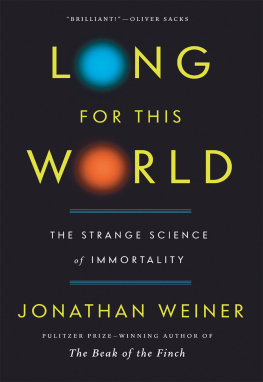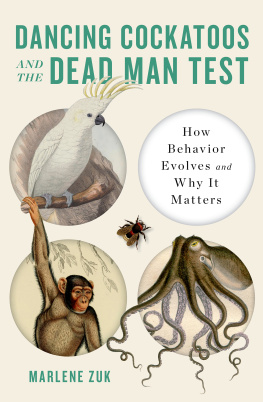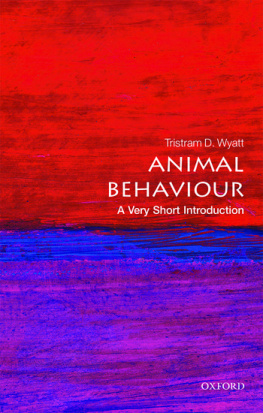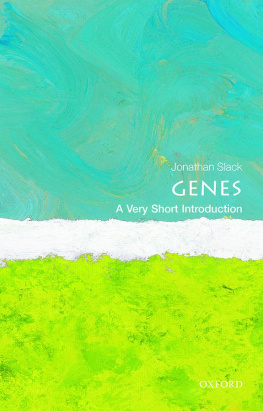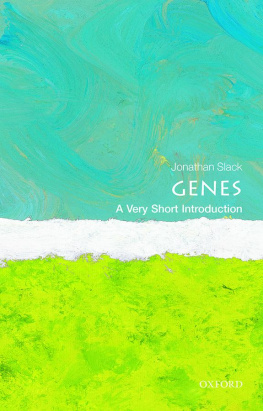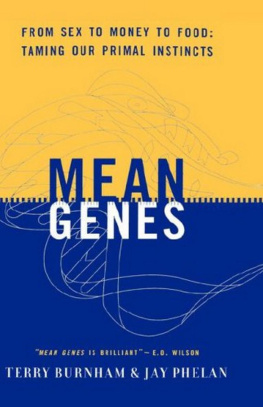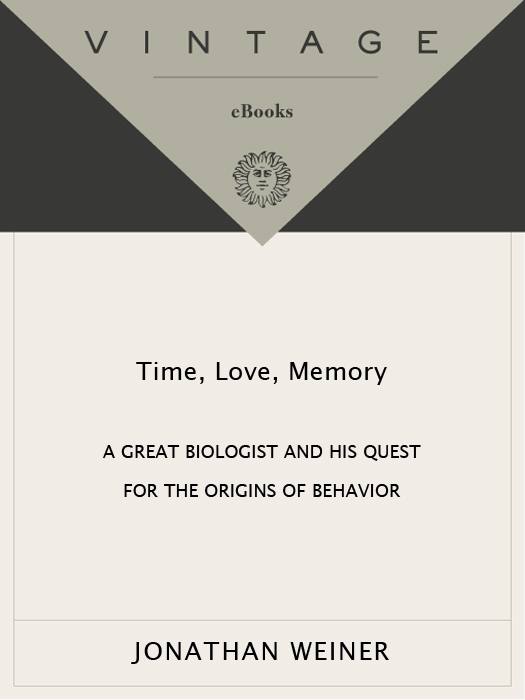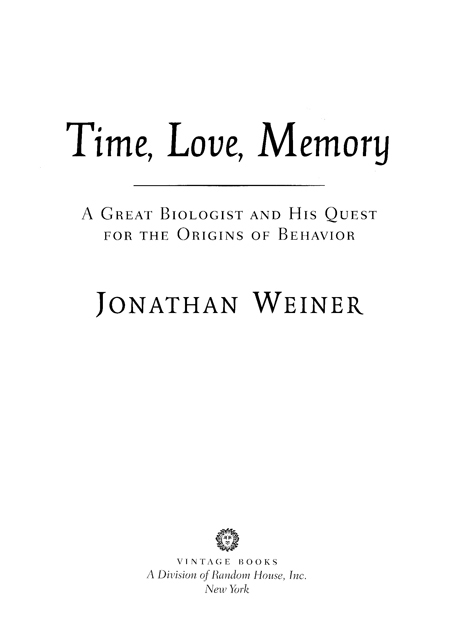Superlative. Weiner has a rare gift for the poetry of experiment. With sparkle and considerable intelligence, he deftly reanimates the husk of technical discourse with the passion, prejudices and emotional outbursts that make scientific research such a fundamentally human enterprise.
A lovely book. A wonderful description of biologists at work together.
[A] compelling, well-written story.
Stellar. Weiners compelling portrait tells how [Seymour Benzer] and his fruit flies bestow one of the most scientifically significant legacies of the century.
JONATHAN WEINER
Time, Love, Memory
Jonathan Weiner worked as a writer and editor at The Sciences. He is the author of Planet Earth, The Next One Hundred Years, and The Beak of the Finch, which won both the Los Angeles Times Book Prize and the Pulitzer Prize. During the writing of Time, Love, Memory, he was Visiting Fellow in the Department of Molecular Biology at Princeton University, and then McGraw Professor in Writing. He lives in Bucks County, Pennsylvania, with his wife and their two sons.
ALSO BY JONATHAN WEINER
The Beak of the Finch
The Next One Hundred Years
Planet Earth
FIRST VINTAGE BOOKS EDITION, APRIL 2000
Copyright 1999 by Jonathan Weiner
All rights reserved under International and Pan-American Copyright Conventions. Published in the United States by Vintage Books, a division of Random House, Inc., New York, and simultaneously in Canada by Random House of Canada Limited, Toronto. Originally published in hardcover in the United States by Alfred A. Knopf, a division of Random House, Inc., New York, in 1999.
Vintage and colophon are registered trademarks of Random House, Inc.
The Library of Congress has cataloged the Knopf edition as follows:
Weiner, Jonathan.
Time, love, memory : a great biologist and his quest for the origins of behavior / by Jonathan Weiner. 1st ed.
p. cm.
Includes bibliographical references.
ISBN 0-679-44435-1 (alk. paper)
1. Behavior genetics. 2. Benzer, Seymour. I. Title.
QH457.W43 1999
591.5dc21 98-43128
Vintage ISBN: 0-679-76390-2
eBook ISBN: 978-0-8041-5336-2
Author photograph Dickson Sorensen
www.vintagebooks.com
v3.1
For two good friends:
my brother, Eric,
and John Bonner
Little Fly,
Thy summers play
My thoughtless hand
Has brushd away.
Am not I
A fly like thee?
Or art not thou
A man like me?
W ILLIAM B LAKE ,
The Fly,
from Songs of Experience
 Contents
ContentsPART ONE
Occams Castle
Would it be too bold to imagine, that in the great length of time, since the earth began to exist, perhaps millions of ages before the commencement of the history of mankind, would it be too bold to imagine, that all warm-blooded animals have arisen from one living filament possessing the faculty of continuing to improve by its own inherent activity, and of delivering down those improvements by generation to its posterity, world without end!
E RASMUS D ARWIN ,
Zoonomia, 1794
My handwriting same as Grandfather.
C HARLES D ARWIN ,
a scribble in the M notebook, 1838
CHAPTER ONE
From So Simple a Beginning
The ancient precept, Know thyself, and the modern precept, Study nature, become at last one maxim.
R ALPH W ALDO E MERSON ,
The American Scholar
The nearest gnat is an explanation.
W ALT W HITMAN ,
Song of Myself
S EYMOUR B ENZER S laboratory runs along two corridors of Church Hall at the California Institute of Technology in Pasadena. His private workroom is at the corner where the corridors meet. Here he keeps his own tools and trophies, and an owls hours. It is a windowless room lined with plastic bins that Benzer labeled decades ago in his spidery black script: Lenses, Mirrors, Needles, Wires, Pencils, Switches, Toothpicks, Pipe Cleaners, anything and everything he might need for an experiment in the middle of the night, including Teeth (Human and Shark).
The old gray benchtop is all test tubes and bottles: mostly standard-issue laboratory stock, but here and there a half-pint milk bottle with heavy scratched glass and antique advertising (5 centsJust a Little Better) stoppered with a foam-rubber cork. These tubes and bottles hold a sampling of the hundreds of mutants that Benzer and his students, his students students, and his competitors have engineered.
The mutants are fruit flies, and their mutations have changed their behavior. One of them is timeless, a clock mutant. In a windowless room like this one, the fly seems to wake and sleep at random intervals, as if it has broken its covenant with day and night, so that day and night will not come at their appointed time. Another is dissatisfaction, a female mutant that does not like males and keeps flicking them away with her wings. Then there is pirouette, which moves at first in big arcs, then in smaller and smaller arcs, like certain problems in science, turning at last on a single point, until it sometimes starves to death.
In the seventeenth century, the French philosopher Blaise Pascal looked up at the night sky and then looked down at a mite, picturing legs with joints, veins in its legs, blood in the veins, humors in the blood, drops in the humors, vapors in the drops, and onward and downward to the atoms. The eternal silence of these infinite spaces fills me with dread, he wrote. He meant two infinite spaces, which he called the two infinites of science, one above and around him, the other below and inside him. Of the two infinites, the space that frightened him more was the space that he could not begin to see, the stardust of atoms that made up his very thoughts and fears and moved the fingers around his pen. Anyone who considers himself in this way will be terrified at himself.
The twentieth century was a long spiral inward on Pascals path, beginning with a single mutant fly in a milk bottle in the centurys first years, and reaching the atoms that Pascal dreaded to sec near the centurys close. If the spiral leads where it now promises or threatens to lead, this may be remembered as one of the most significant series of discoveries since science began, matching the discoveries of twentieth-century physics. In the universe above and around us, physics opened new views of space and time; in the universe below and inside us, biology opened first glimpses of the foundation stones of experience: time, love, and memory.


